Accessories. Devices that are used to supplement the function of straight sections and fittings, and include such items as dropouts, covers, conduit adapters, hold-down devices, and dividers.
Cable Tray Connector. A device that joins cable tray straight sections or fittings, or both. The basic types of connectors are:
- Rigid
- Expansion
- Adjustable
- Reducer
Cable Tray Fitting. A device that is used to change the direction or size of a cable tray system.
Cable Tray Support. A device that provides adequate means for supporting cable tray sections or fittings, or both. The basic types of cable tray supports are:
- Cantilever bracket
- Trapeze
- Individual and suspension.
Channel Cable Tray. A prefabricated metal structure consisting of a one-piece ventilated bottom or solid bottom channel section, or both, not exceeding six inches in width.
Ladder Cable Tray. A prefabricated metal structure consisting of two longitudinal side rails connected by individual transverse members.
Solid Bottom Cable Tray. A prefabricated metal structure consisting of a bottom with no openings within integral or separate longitudinal side rails.
Trough Cable Tray. A prefabricated metal structure greater than four inches in width consisting of a ventilated bottom within integral or separate longitudinal side rails.
Horizontal Cross. A cable tray fitting that is suitable for joining cable trays in four directions at 90-degree intervals in the same plane.
Horizontal Bend. A cable tray fitting that changes the direction in the same plane.
Horizontal Tee. A cable tray fitting that is suitable for joining cable trays in three directions at 90-degree intervals in the same plane.
Cable Tray System. An assembly of cable tray straight sections, fittings, and accessories that forms a rigid structural system to support cables.
Reducer. A cable tray fitting that is suitable for joining cable trays of different widths in the same plane. The basic types of reducers are:
- Straight – A reducer with two symmetrical offset sides.
- Right-hand – A reducer, when viewed from the large end, has a straight side on the right.
- Left-hand – A reducer, when viewed from the large end, has a straight side on the left.
Straight Section. A length of cable tray that has no change in direction or size.
Ventilated Bottom. A cable tray bottom having openings sufficient for the passage of air and utilizing 60 percent or less of the plan area of the surface to support cables.
Vertical Bend. A cable tray fitting that changes direction to a different plane. The basic types of
vertical bends are:
- Inside vertical – Elbow changes direction upward from the horizontal plane.
- Outside vertical – Elbow changes direction downward from the horizontal plane.
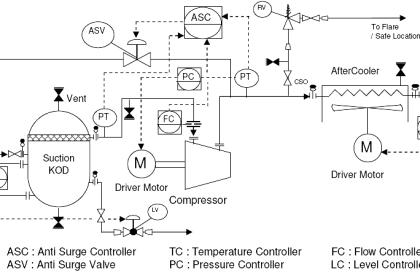
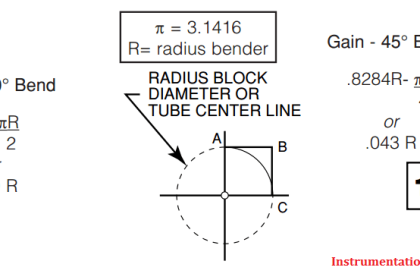
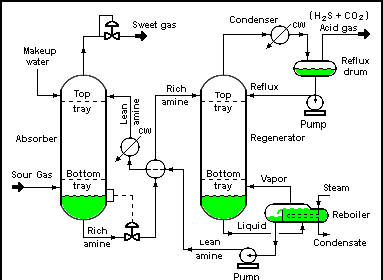

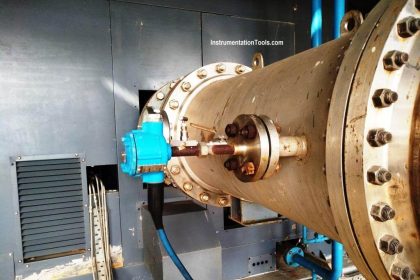

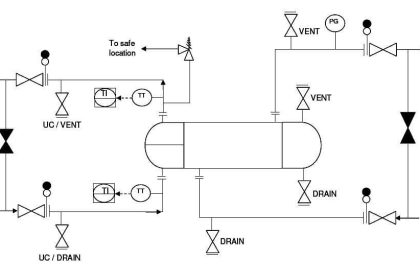
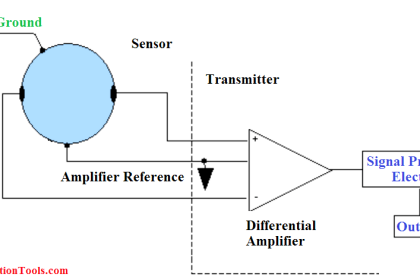
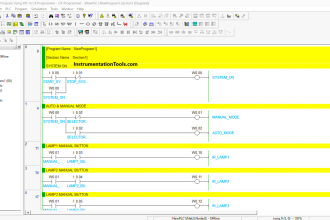
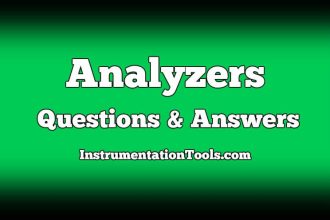
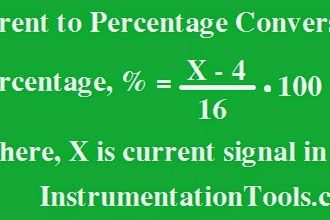
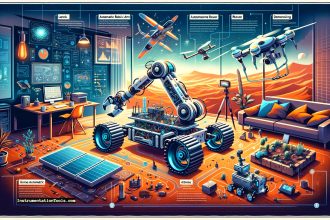


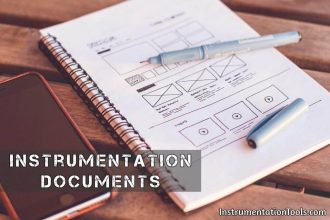


plz attached the picture of each tray .good job done by u.